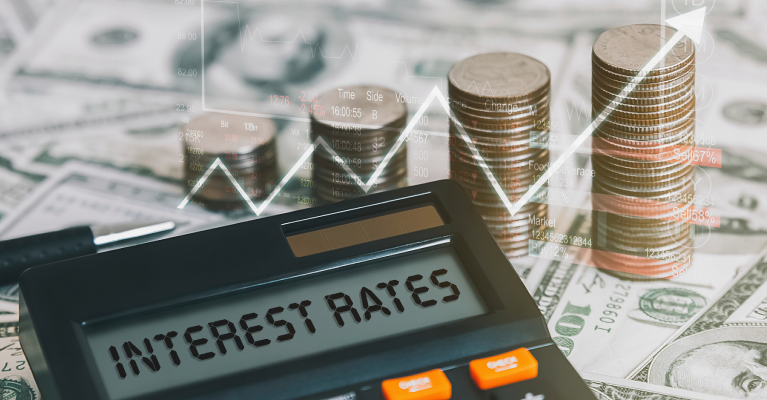As we begin a New Year, we often reflect on the past and make resolutions for the future. Last year brought many challenges within the overall financial markets. In an effort to fight inflation the Fed raised interest rates from near zero to a range of 4.25% to 4.5%, the fastest pace since the 1980s.[1] Rates on mortgages soared and borrowing costs increased as both the equity and fixed income markets experienced double digit declines, an occurrence that hasn’t happened in many years. For those saving for retirement or currently in retirement, a decline in the financial markets presents an opportunity for Roth IRA conversions. As counterintuitive as it may appear, Roth conversions during down markets can provide an opportunity to save on taxes.
What are Roth IRA Conversions?
A Roth conversion is a transfer from a Traditional IRA directly into a Roth IRA that can be done for the full amount or in partial amounts depending on one’s circumstance. For 2023, the Roth IRA contribution limit is $6,500 with a $1,000 catch up for those over the age of 50. However, not everyone is eligible to contribute to a Roth as their income may exceed certain thresholds.[2] For those in this position, one may consider a Back Door Roth. To implement a Back Door Roth (pro-rata rule applies)[3], one would contribute to a nondeductible IRA and then immediately convert that contribution into a Roth IRA.
Benefits of a Roth Conversion
Roth conversions and thus Roth IRA’s offer several benefits. First, Roth IRA’s offer tax free growth and withdrawals (5-year aging rule applies)[4], unlike a traditional IRA where growth is tax deferred, and withdrawals are treated as taxable income. Secondly, Roth IRA’s have no Required Minimum Distributions (RMD’s), which begin at age 72. Lastly, a Roth IRA can serve as an effective estate planning tool. The SECURE Act eliminated the stretch IRA, which now means a non-spouse beneficiary has 10 years to withdraw the balance. This will create and accelerate additional tax implications. However, if a non-spouse beneficiary inherits a Roth IRA, they still have 10 years to withdraw the entire balance, but they do so without incurring any taxes.
Careful Considerations
While there are many benefits to a Roth conversion, there are several careful considerations. For one, conversions are not only taxable events but also have the potential to place you in a higher tax bracket in the year of conversion, so tax bracket management is critical. Two, they can also trigger higher Medicare premiums (Income Related Monthly Adjustment Amount -IRMAA) for anyone 63 years and older. Three, taxes are due in the year of conversion and should be paid for with non-retirement money. Lastly, once a Roth conversion is completed there is no recharacterization. In other words, it cannot be undone.
Roth Conversions During a Bear Market
While bear markets can be painful, they provide an opportunity to convert retirement assets at discounted levels, which in turn allows for additional tax savings and tax-free growth. For example, if you are in the 24% tax bracket and decide to convert a $200,000 IRA into a Roth IRA, it will result in a tax bill of $48,000. Juxtapose this with a 15% decline in the markets where your IRA is worth $170,000. If you convert while the market is down, you will incur a tax bill of $40,800, which is a difference or tax savings of $7,200.
Every situation is different and consulting with an experienced financial advisor is recommended if you think this strategy may be right for you.

Helping you boost your financial intelligence.
Read our financial resources from your friends at WSFS.




